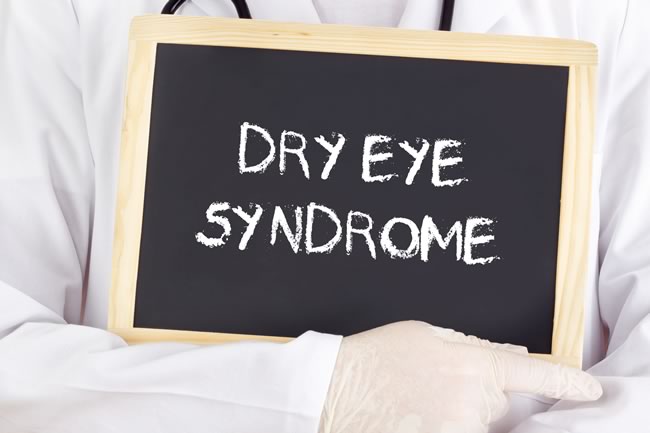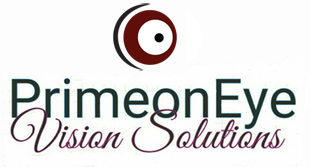
Details
TIP: Be patient. Treatments need time to deliver results. We know about results.
Dry eye syndrome, or dry eye disease, is a common condition that occurs when the eyes don’t make enough tears, or the tears evaporate too quickly. This leads to the eyes drying out and becoming red, swollen and irritated. Dry eye syndrome is also known as keratoconjunctivitis sicca, or simply “dry eyes”. The symptoms of dry eye syndrome are mild for most people, although more severe cases can be painful and lead to complications. Symptoms usually affect both eyes and often include:
- feeling of dryness, grittiness or soreness that get worse throughout the day
- burning and red eyes
- eyelids that stick together when you wake up
- temporarily blurred vision, which usually improves when you blink
Some people may also have episodes of watering eyes, which can occur if the eye tries to relieve the irritation by producing more tears.
Dry eye syndrome can occur when the complex tear production process is disrupted in some way. There are many different reasons why this can happen, although a single identifiable cause often can’t be found.
Common causes include:
- being in a hot or windy climate
- wearing contact lenses
- certain underlying medical conditions, such as blepharitis (inflammation of the eyelids)
- side effects of certain medications – including antihistamines, antidepressants, beta-blockers and diuretics
- hormonal changes in women – such as during the menopause, pregnancy, or while using the contraceptive pill
Although the condition may affect people of any age, your chances of developing dry eye syndrome increase as you grow older.
It’s estimated up to one in every three people over the age of 65 experiences problems with dry eyes. Dry eye syndrome is more common in women than men.
